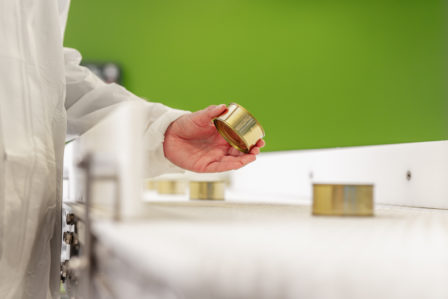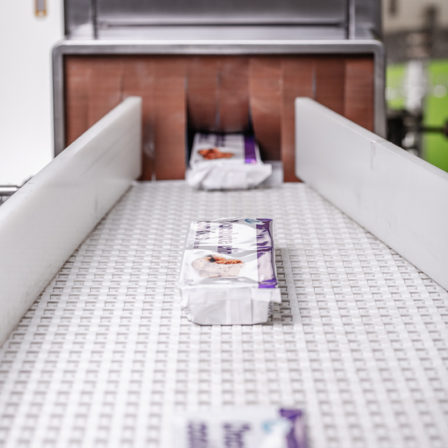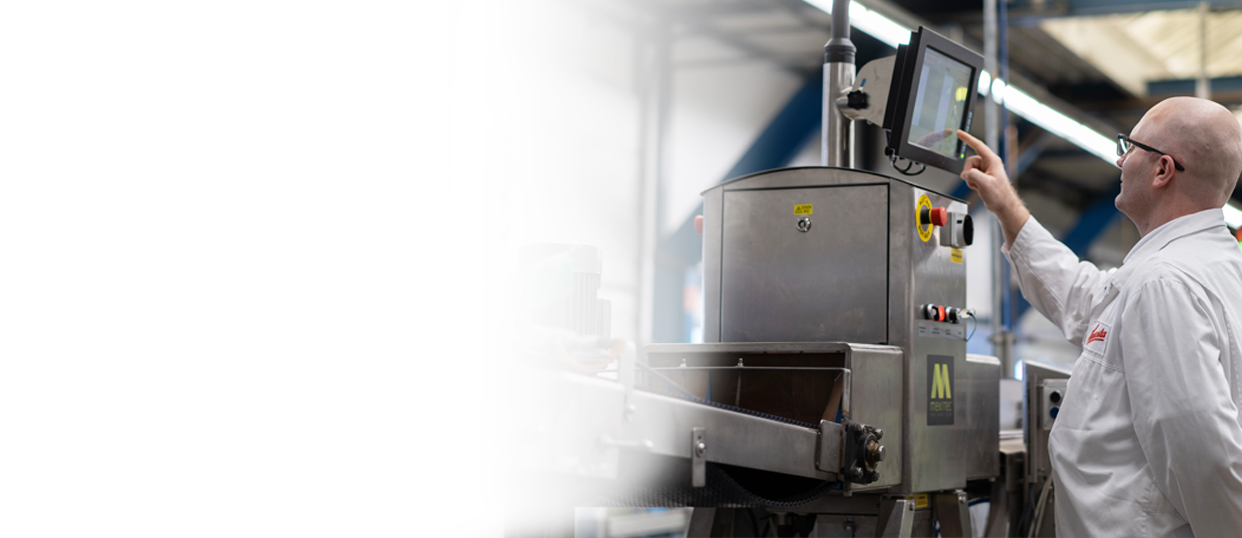Can X-ray detect metal objects inside metalized packaging?
The packaging is a part of the good-quality product recipe that is taught to the X-ray system and will not affect the detection of foreign contaminants after teaching the recipe.
For example, metallic film or an aluminum tray is accepted by the system but anything additional will be picked up as a foreign object.
This gives the food producers the freedom to also change their packaging type or material without the need to completely update their Critical Control Points.



